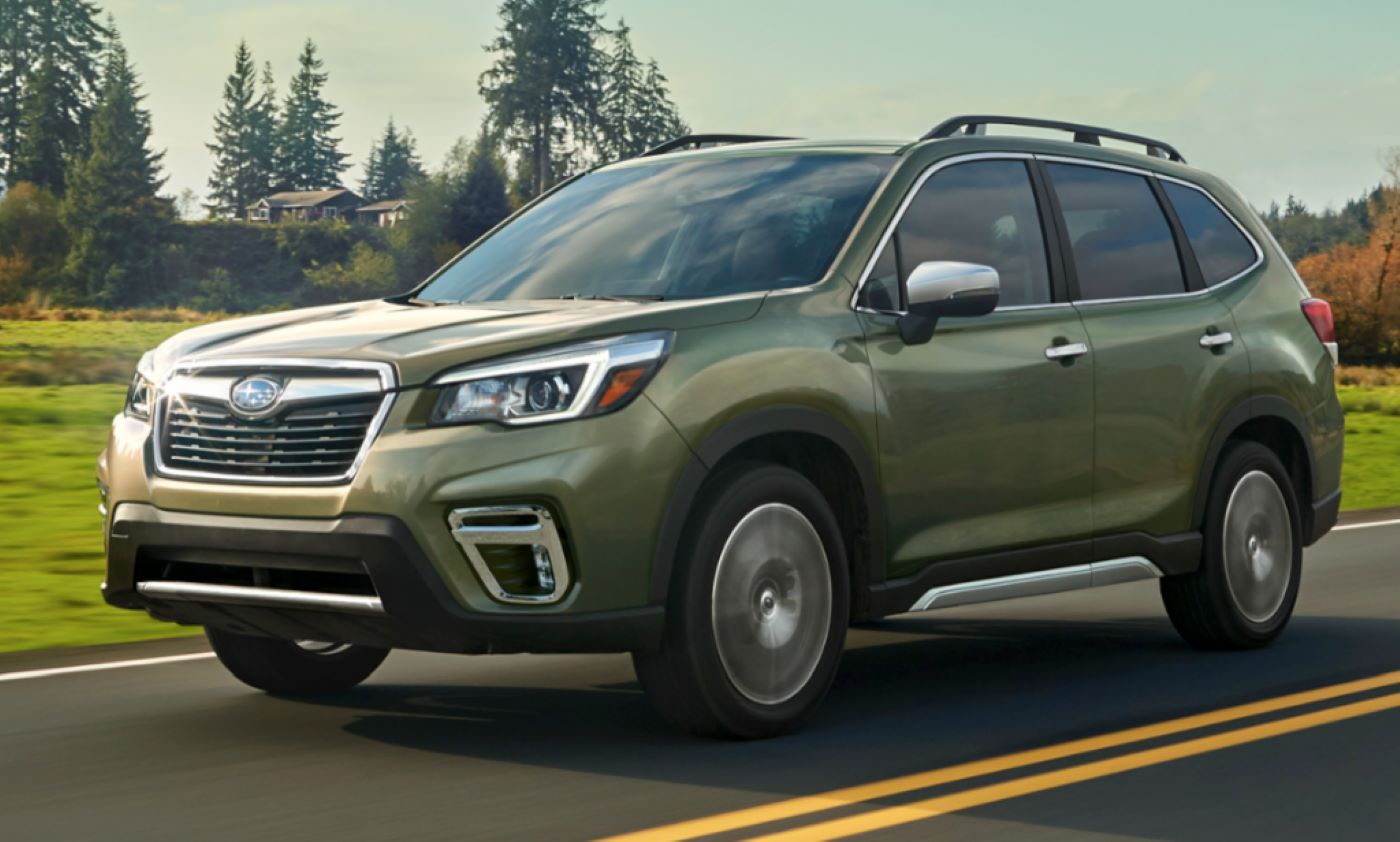The automotive marketplace is a dynamic arena where supply and demand intersect in fascinating ways. Every car model on the lot has its own story, shaped by consumer perceptions, brand reputation, reliability, practicality, and even cultural trends.
While some vehicles fly off dealership lots and used-car listings in a matter of hours or days, others languish for weeks, months, or even years with little interest.
Understanding which cars sell instantly and which ones nobody wants is crucial for buyers, sellers, and enthusiasts alike. It reveals more than just market trends—it sheds light on how people value reliability, design, technology, and long-term ownership costs.
In the realm of cars that sell quickly, some models have earned unwavering trust over decades. These vehicles embody dependability, fuel efficiency, and overall value, giving buyers confidence that they are making a safe investment. Cars like the Toyota Corolla, Honda CR-V, and Subaru Forester don’t just attract attention—they generate urgency.
Their consistent resale performance is often attributed to proven engineering, brand loyalty, and practical features that appeal to a wide audience. These cars aren’t flashy or exotic, but their ability to satisfy everyday needs without drama makes them indispensable to millions of drivers worldwide.
The other side of the coin features vehicles that struggle to find buyers. These cars might be burdened by poor reliability, awkward styling, or simply miss the mark in the eyes of consumers. Some suffer from limited practicality or brand perception issues, while others fall victim to early technical problems or market timing.
Models like the Fiat 500L, Mitsubishi Mirage, and Chrysler 200 often occupy this space, spending much longer on dealer lots and online listings. Even when priced attractively, they fail to generate the enthusiasm needed to sell quickly. This can be frustrating for sellers and confusing for buyers who wonder why seemingly functional vehicles get overlooked.
Beyond mere economics, this dichotomy reflects the priorities and concerns of modern car buyers. Reliability is king—cars that promise longevity and minimal hassle are prized above all. Equally important are fuel efficiency and utility, especially as gas prices fluctuate and urban living grows.
Safety ratings and available technology also factor heavily into purchase decisions. In contrast, cars that come across as unreliable, impractical, or costly to maintain quickly lose appeal, regardless of their initial MSRP or marketing push.
This article will explore both ends of the spectrum in detail, providing insights into five cars that sell instantly upon hitting the market and five that nobody seems to want. By examining the strengths and weaknesses of these models, you’ll gain a clearer understanding of the factors that drive automotive desirability—and ultimately, how to make smarter buying or selling decisions.
Whether you’re hunting for a reliable used car that retains its value or trying to avoid a vehicle that may sit unsold for months, this guide offers valuable perspective on what makes a car a hot commodity or a hard sell.
Also Read: 10 Vehicles That Don’t Let You Disable Auto Stop-Start
5 Cars That Sell Instantly
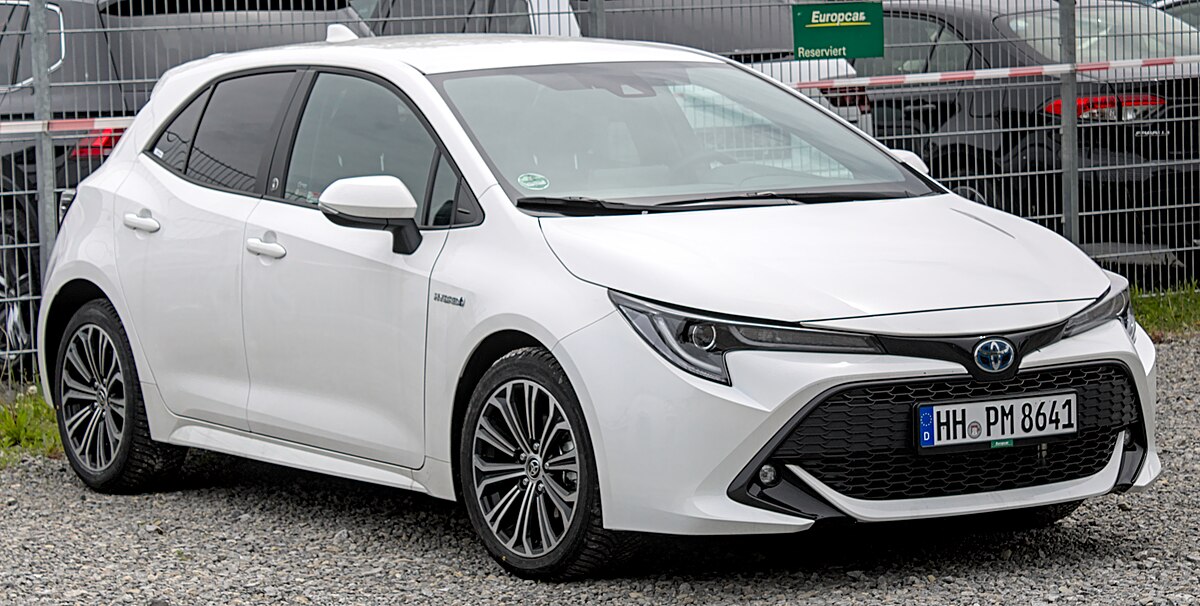
1. Toyota Corolla
The Toyota Corolla has long been one of the world’s best-selling cars—and for good reason. Its winning formula of affordability, reliability, and fuel efficiency has made it a perennial favorite among commuters, students, families, and even ride-share drivers.
When a used Corolla hits the market, especially one with reasonable mileage and a clean history, it tends to sell in days, sometimes even hours.
Buyers know what they’re getting: a car that starts every morning, sips fuel, and doesn’t surprise you with expensive repairs. It’s not a glamorous vehicle, but that’s exactly what makes it so appealing—it’s a safe, dependable choice in an unpredictable market.
What makes the Corolla especially marketable is its universal usability. It’s the kind of car that appeals to virtually every demographic: first-time drivers appreciate its ease of operation, older buyers respect its no-nonsense dependability, and budget-conscious families value its longevity.
The model has also improved with time. In recent generations, Toyota has addressed earlier criticisms of the Corolla being dull by offering more dynamic styling, a smoother ride, and updated tech features, without losing its core reliability. This evolution has only broadened the Corolla’s appeal and boosted its standing in the used market.
Additionally, the low cost of ownership makes the Corolla even more attractive to used car buyers. Maintenance costs are minimal, parts are widely available and cheap, and fuel economy is consistently excellent. These factors not only make the Corolla cheaper to operate than many competitors, but they also enhance its long-term value retention.
When buyers see a well-maintained Corolla listed for sale, they often act fast because they know it won’t last long, and because it’s a low-risk purchase with few surprises.
Finally, Toyota’s brand equity plays a major role. Even people who know little about cars understand that Toyota equals reliability, and the Corolla is often seen as the most reliable of them all. In an era where used car prices are high and buyers are increasingly cautious, that reputation carries significant weight.
It’s not uncommon for private sellers and dealerships to list Corollas at a slight premium, knowing demand will support it. Simply put, the Toyota Corolla doesn’t just sell—it practically sells itself.
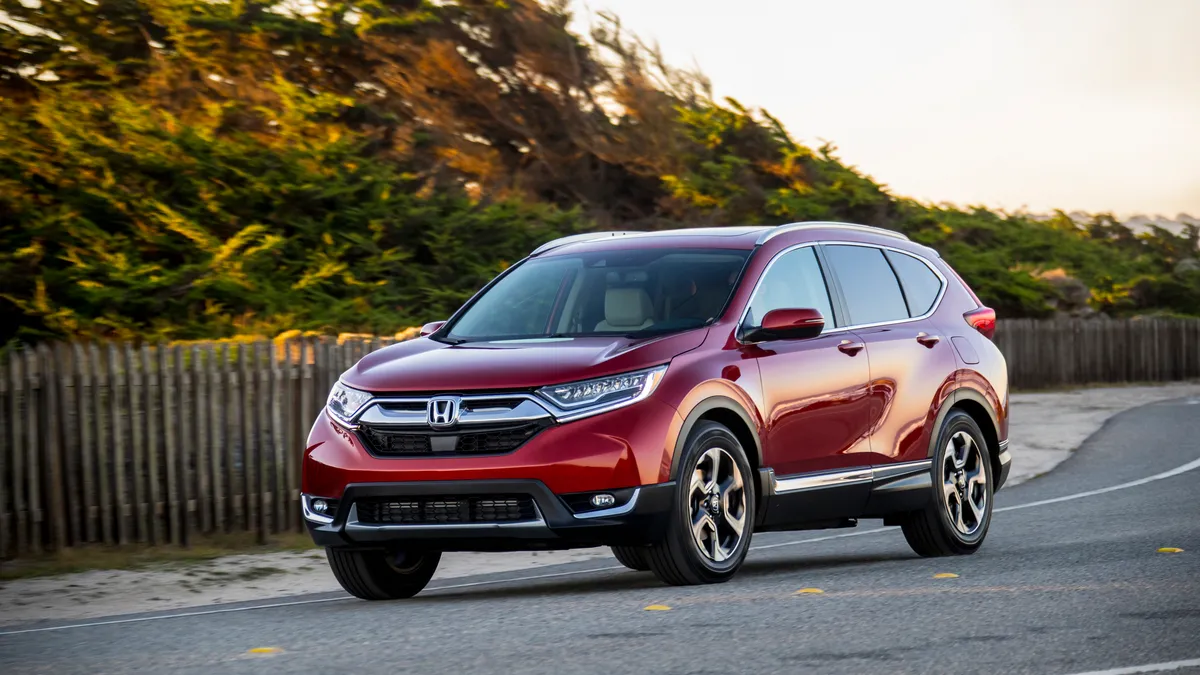
2. Honda CR-V
The Honda CR-V is a mainstay in the compact SUV segment and one of the most desirable vehicles on the used market. It blends everything buyers want in a practical package: spacious seating, solid fuel economy, a reputation for reliability, and just enough modern tech to satisfy most needs.
When a used CR-V comes up for sale, especially in good condition, it rarely sticks around for long. The SUV boom of the past decade has only added to its popularity, pushing resale values up and time-on-market down. Whether it’s an older model with 100,000 miles or a gently used recent-year version, the CR-V is consistently a quick mover.
One of the CR-V’s most appealing traits is its balance of utility and comfort. It’s roomy enough for families, with excellent cargo space and rear-seat legroom, yet compact enough to be maneuverable in urban settings. It’s also one of the most efficient SUVs in its class, delivering impressive fuel economy even without hybrid technology.
Honda’s engineering ethos shines here, combining form and function without making sacrifices. That balance is a huge factor in why CR-Vs fly off the lot—they fit seamlessly into a variety of lifestyles.
In addition to practicality, the CR-V is celebrated for its bulletproof reliability. Honda has a strong reputation for building long-lasting engines and transmissions, and the CR-V is no exception. With proper maintenance, many models easily surpass 200,000 miles.
This reputation makes them especially attractive on the used market, where high mileage is often a red flag. But when buyers see that badge on a well-kept CR-V, it gives them confidence that the vehicle will serve them well for years to come. That level of trust drives rapid sales, even for older or base-level trims.
Lastly, CR-V owners tend to be very satisfied with their vehicles, and word-of-mouth plays a role in its resale success. Buyers who have owned a CR-V before often look for the same model again, while first-timers are influenced by strong online reviews and recommendations from friends and family.
Honda’s widespread dealer support and affordable maintenance costs only add to the package. It’s no surprise, then, that the CR-V doesn’t linger in the used market—it gets snapped up by buyers who know exactly what they’re looking for.
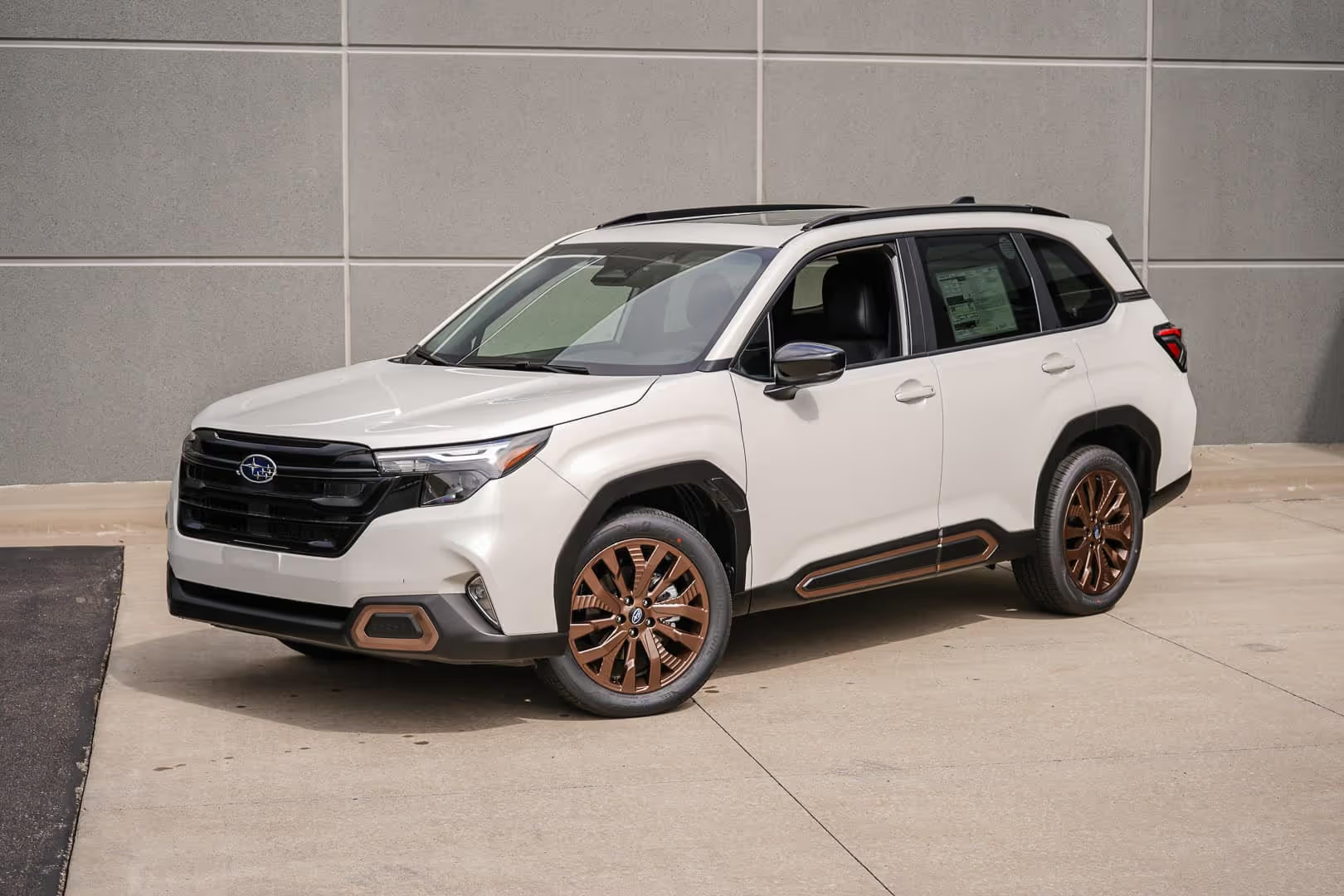
3. Subaru Forester
The Subaru Forester is a darling of the all-weather, all-terrain crowd—and for good reason. Known for its standard all-wheel drive, exceptional visibility, and spacious interior, the Forester appeals to a wide audience that ranges from outdoorsy millennials to cautious retirees.
When a used Forester goes up for sale, it attracts attention fast, especially in regions prone to snow, rain, or rough terrain. Buyers appreciate the combination of SUV versatility with Subaru’s reputation for safety and rugged dependability. It’s a vehicle that feels capable without being aggressive, and that balance makes it fly off the lot.
One of the standout features of the Forester is its symmetrical all-wheel-drive system, which is standard across all trims. This feature is a huge draw for people in colder climates or rural areas, where dependable traction can make the difference between getting home and getting stuck.
Unlike other vehicles that charge a premium for AWD, Subaru includes it as part of its DNA, which gives the Forester an edge in markets where weather is a concern. Used buyers often view this as added value, making the Forester an even more compelling option.
In terms of layout and packaging, the Forester is incredibly user-friendly. It has a tall greenhouse, which allows for great visibility and a feeling of openness. The cabin is designed for practical living rather than luxury frills—durable materials, intuitive controls, and ample cargo space dominate the interior.
This appeals to buyers who value function over flash. Add in strong safety ratings and a reputation for good crash performance, and the Forester becomes a top pick for families, older drivers, and anyone prioritizing security and utility.
Subaru’s cult-like brand loyalty also boosts the Forester’s quick turnover in the used market. People who drive Subarus often stick with them for life, and word-of-mouth tends to create new generations of brand loyalists. That demand outpaces supply in many areas, keeping resale values high and turnover quick.
Foresters tend to be well-maintained because owners plan to keep them for the long haul, so when one does go up for sale, it’s snapped up almost instantly. It’s a vehicle that sells itself through a combination of real-world capability and owner satisfaction.
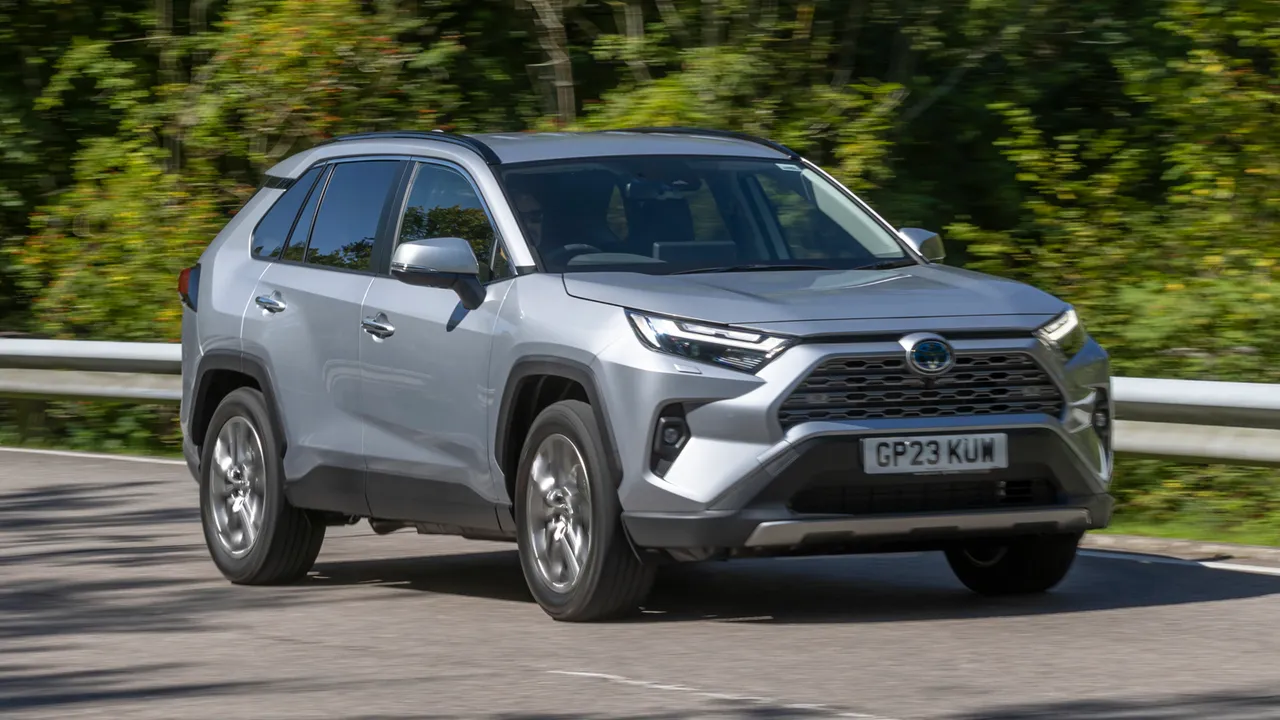
4. Toyota RAV4
The Toyota RAV4 is the poster child of compact crossovers and one of the best-selling vehicles in the U.S. year after year. When it hits the used market, it barely has time to breathe before a buyer snatches it up. Why? Because it offers just about everything a mainstream buyer could want—reliability, fuel efficiency, safety, decent tech, and a spacious interior—all wrapped in a package that’s easy to live with and surprisingly durable.
Whether it’s a base model or a top-trim hybrid, the RAV4 is almost guaranteed to sell quickly due to its rock-solid reputation and near-universal appeal.
One reason for the RAV4’s quick turnover is its reputation as a low-maintenance, long-lasting vehicle. Toyota has honed the RAV4 over the decades, making it more refined, efficient, and dependable with each new generation.
Buyers know that when they buy a used RAV4, they’re getting a vehicle that’s likely to last another 100,000 miles or more with routine care. That makes it especially attractive to families, commuters, and anyone who needs a reliable ride but doesn’t want to roll the dice on a lesser-known brand.
The hybrid variants of the RAV4 have added even more appeal in recent years. With impressive MPG ratings and the same trusted Toyota drivetrain, the RAV4 Hybrid is particularly popular among eco-conscious buyers who still want SUV practicality.
These versions often sell even faster than the gas-only models, sometimes fetching higher-than-expected resale prices. For city dwellers and long-distance drivers alike, the hybrid offers the best of both worlds—excellent fuel economy and all the space and reliability that have made the RAV4 a bestseller.
Finally, Toyota’s reputation for quality is almost unmatched in the industry, and the RAV4 benefits from this halo effect. Buyers trust the badge, and when a RAV4 pops up for sale in their area, especially with a clean service history, they move quickly.
The crossover segment is crowded, but few models deliver such a strong combination of resale value, drivability, and long-term dependability. In short, the RAV4 doesn’t just dominate new car sales—it also owns the used market.
5 That Nobody Wants
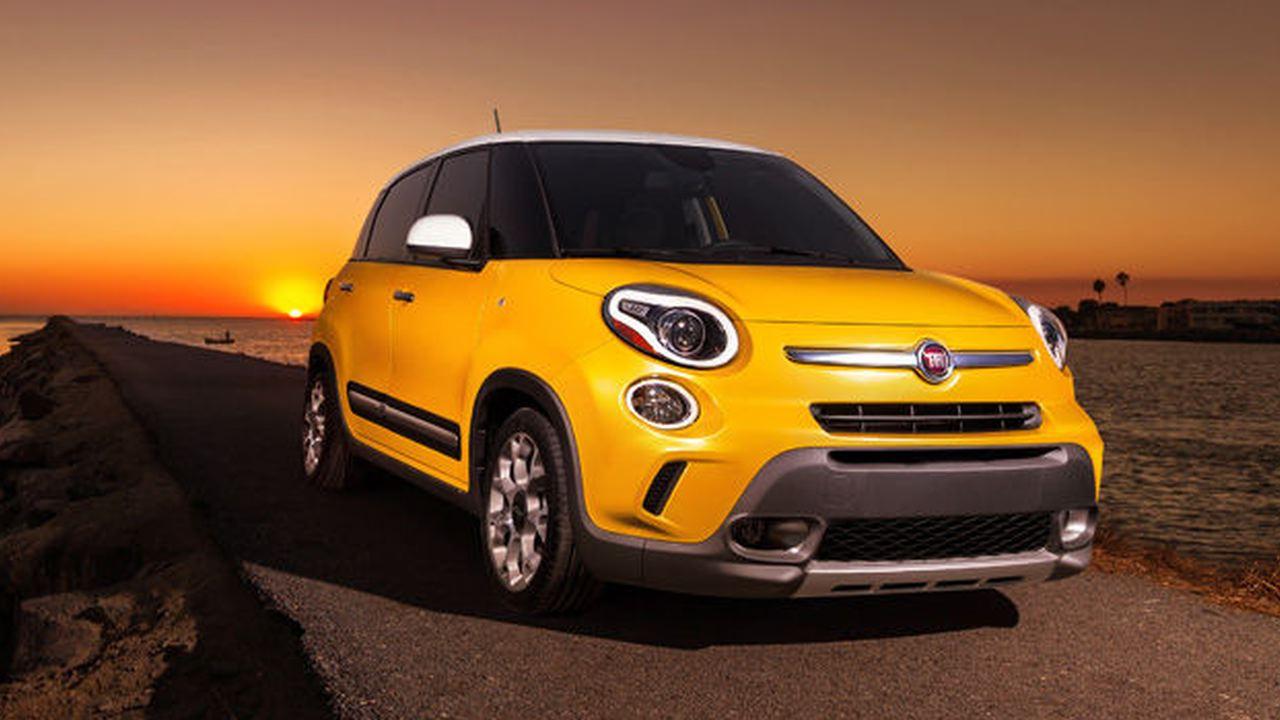
1. Fiat 500L
The Fiat 500L was Fiat’s attempt to offer a larger, more family-friendly alternative to the cute and compact Fiat 500. On paper, it looked like a practical city car with European flair. It had decent cargo room, a tall roof for headroom, and funky styling that aimed to stand out.
But in practice, the 500L turned out to be one of the most poorly received vehicles in the U.S. market over the past decade. It’s a car that consistently ranks among the slowest to sell on the used market, with dealers often forced to deeply discount it to move it off the lot.
One of the primary reasons for the 500L’s lack of appeal is its confusing identity. While it was marketed as a fun and quirky MPV (multi-purpose vehicle), buyers didn’t know how to categorize it. It wasn’t as stylish as the Mini Cooper, nor as practical as a Honda HR-V or Subaru Crosstrek.
This ambiguity hurt its brand appeal, making it a tough sell even when new. On the used market, it’s even worse—many consumers simply overlook it entirely because it doesn’t fit neatly into any segment they’re shopping.
Then there’s the issue of reliability. The 500L has been plagued by a long list of quality concerns, including transmission issues, poor build materials, and frequent electrical malfunctions.
Fiat’s reputation in the U.S. has never fully recovered from the reliability concerns of the 1980s, and the 500L did nothing to help that image. Mechanics often report hard-to-source parts and quirky European engineering that drives up repair costs. For a buyer looking for dependable, low-cost transportation, the 500L represents exactly what they’re trying to avoid.
Lastly, Fiat’s footprint in the United States is minimal. Dealerships are sparse, parts availability is limited, and the resale market is practically non-existent. If a used car buyer sees a 500L for a cheap price, they usually assume something must be wrong, and often, they’re right. Even if someone takes a chance, they’ll find it difficult to resell later. As a result, the 500L has earned an unfortunate place in used car purgatory: a vehicle nobody really asked for, and fewer still want to inherit.
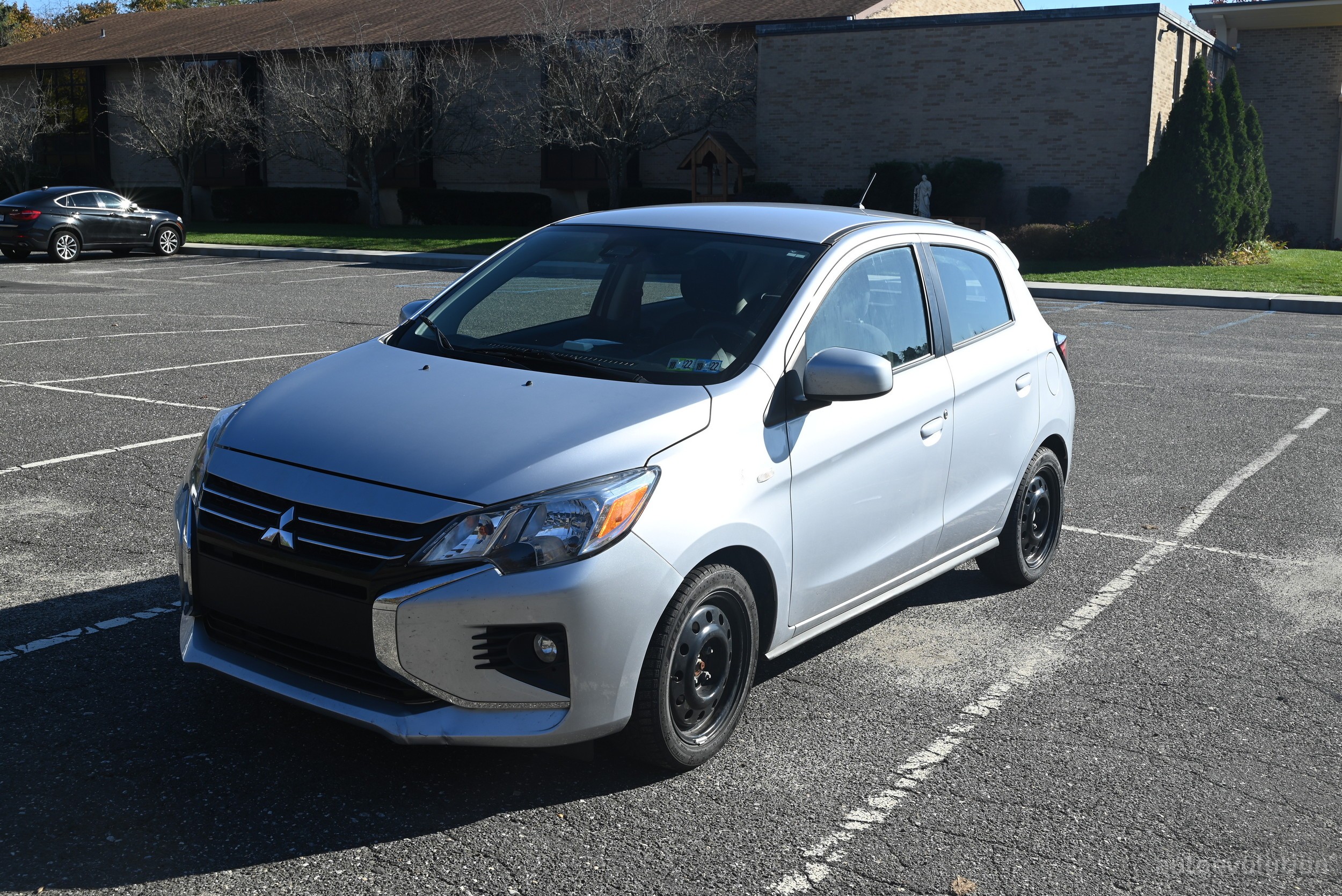
2. Mitsubishi Mirage
The Mitsubishi Mirage often makes “cheapest new car” lists, and that’s about the only reason it garners attention. It’s one of the most affordable vehicles on the market, but unfortunately, it also feels like it.
Despite being economical and easy on gas, the Mirage struggles in almost every other category—performance, comfort, ride quality, interior materials, and noise levels. These shortcomings combine to make it one of the least desirable used cars available today. Buyers are often skeptical even at rock-bottom prices.
The Mirage’s tiny three-cylinder engine is fuel-efficient, yes—but also loud, sluggish, and underpowered. With horsepower figures lower than many riding lawnmowers, the car feels strained during acceleration and uncomfortable at highway speeds.
For urban commuters who only need something to get from A to B, it might seem like a practical solution. But even in that niche, better alternatives exist, such as the Toyota Yaris or Honda Fit, which offer more refinement and reliability at a similar used price. This makes the Mirage a tough sell for anyone doing even minimal comparison shopping.
Interior quality is another major issue. While budget vehicles are expected to make sacrifices, the Mirage’s cabin feels especially cheap. Hard plastics, lackluster design, and minimal noise insulation all add to the perception that this car was built to meet a price point—nothing more.
Even buyers looking for a basic vehicle are likely to be turned off by the sheer austerity inside. There’s “simple,” and then there’s “sparse to a fault,” and the Mirage often crosses that line.
Moreover, Mitsubishi’s shrinking presence in North America doesn’t help the situation. Brand trust is low, dealerships are disappearing, and resale values are abysmal. Buyers know that finding service or parts might be a challenge down the line, and that adds to the hesitation.
As a result, the Mirage tends to sit unsold longer than almost any other subcompact, and even steep discounts often aren’t enough to push it. It’s a car that meets a price but fails to meet expectations, and the market reflects that truth loudly.
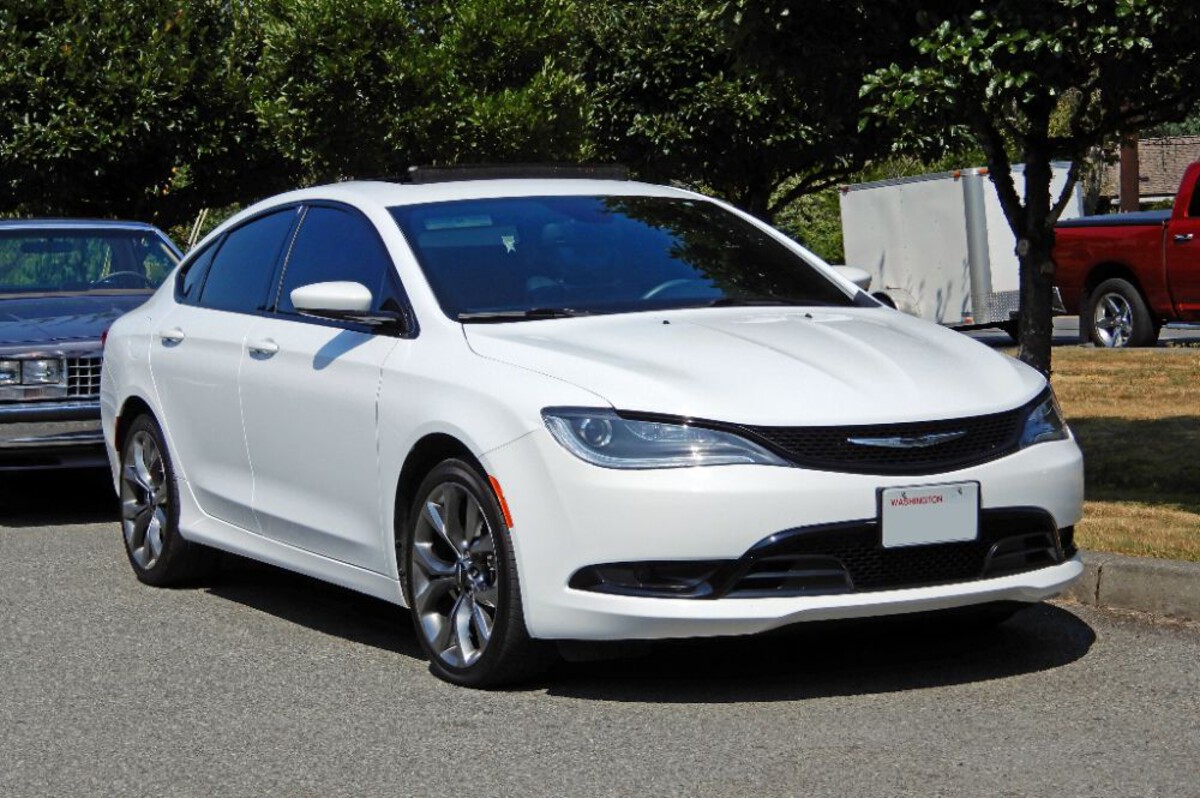
3. Chrysler 200
The Chrysler 200, particularly the second-generation model introduced in 2015, was Chrysler’s big push to reinvent itself in the midsize sedan segment. It was stylish, came with optional all-wheel drive, and boasted a surprisingly upscale interior.
But despite its superficial appeal, the 200 quickly gained a reputation for mechanical issues, poor performance, and questionable engineering decisions. As a result, it became one of the least desirable cars in the used market, often sitting unsold for weeks, even at bargain-bin prices.
One of the main problems was the 9-speed automatic transmission, which was meant to improve fuel efficiency and refinement. Instead, it became one of the most widely criticized parts of the car.
Jerky shifting, software issues, and long-term reliability concerns turned many owners sour. Mechanics frequently cite the transmission as a weak point, and repair costs can quickly eat up any savings a buyer might expect from purchasing a budget sedan. That alone is enough to scare away many would-be shoppers in the used market.
Another issue was rear-seat comfort and space. The sloping roofline that made the 200 look sporty also severely compromised headroom and rear passenger comfort. For a midsize sedan, this was a significant oversight, especially for families or ride-share drivers who prioritize usable rear seating.
The cramped backseat made it less competitive against stalwarts like the Honda Accord or Toyota Camry, and that disadvantage has only become more glaring over time.
Finally, the Chrysler 200 was discontinued in 2017, just two years after its redesign. That abrupt cancellation signaled to the public that even Chrysler didn’t believe in the product. Residual values plummeted, and resale demand dried up almost overnight.
While you might find a well-equipped 200 for less than $10,000 today, don’t be surprised if it’s still sitting on the market months later. It’s a car that was meant to revive a brand, but now stands as a reminder of why people hesitate to buy used American sedans from this era.
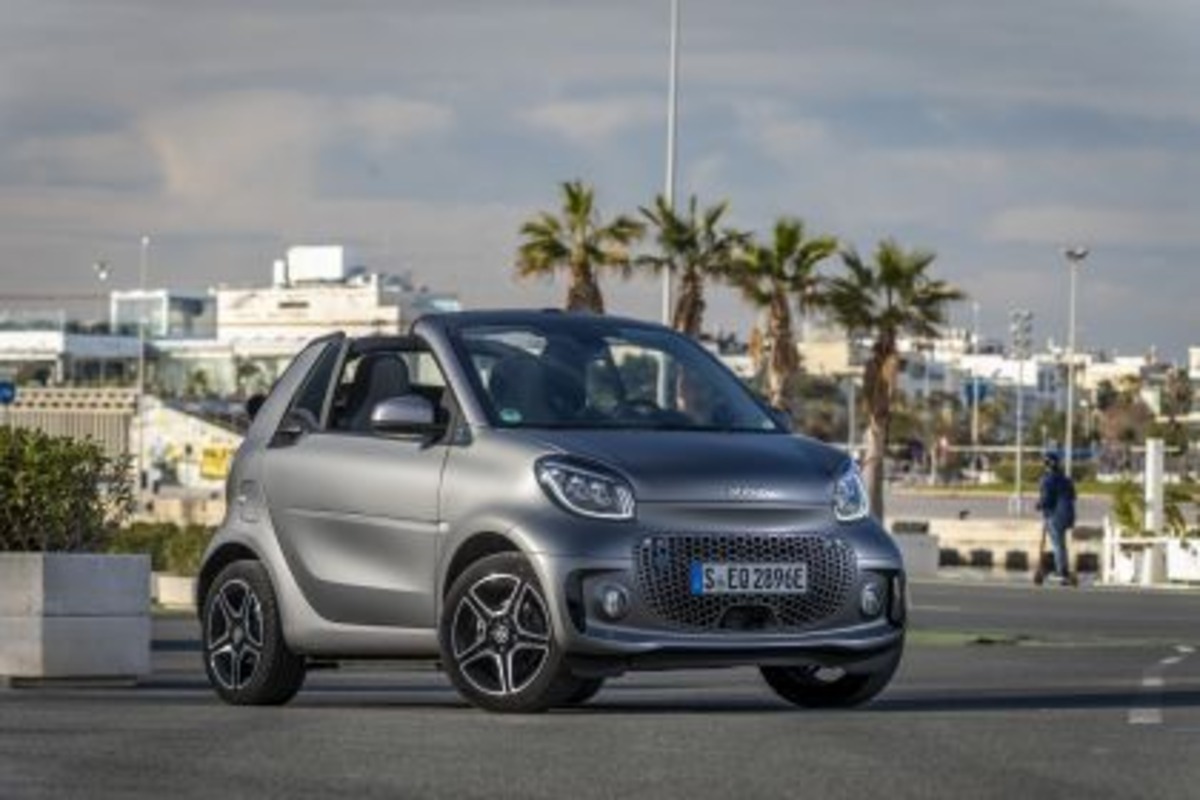
4. Smart ForTwo
The Smart ForTwo was designed as the ultimate urban runabout—a tiny, nimble car perfect for city streets, tight parking, and short commutes. On paper, it’s a clever idea, especially as urban congestion and environmental concerns rise. Yet despite the innovation behind its concept, the Smart ForTwo struggles tremendously on the used market. It’s a vehicle that’s often overlooked, undervalued, and difficult to sell, primarily due to its limited practicality and questionable long-term value.
One of the biggest challenges with the Smart ForTwo is its extremely small size. While compactness is an advantage in dense city environments, the car’s footprint is so tiny that many buyers perceive it as too cramped or unsafe for everyday use. With seating for just two and minimal cargo space, it fails to meet the needs of many drivers who want more flexibility.
Even single drivers who initially find the car appealing often upgrade to slightly larger vehicles within a few years. This limited appeal translates to fewer interested buyers when it comes time to resell.
Beyond size, the Smart ForTwo’s reliability and cost of ownership raise concerns. Early models were plagued by mechanical issues ranging from transmission glitches to electrical faults. While newer versions improved somewhat, repair costs remain disproportionately high compared to similarly sized competitors like the Honda Fit or Toyota Yaris.
Additionally, the car’s niche appeal means that parts are often more expensive and harder to find, especially outside major metropolitan areas. Buyers often factor these concerns into their purchasing decisions, making the Smart ForTwo a hard sell in the used market.
Lastly, the Smart brand itself lacks the recognition and trust enjoyed by mainstream automakers. Marketing efforts were limited, and Smart’s presence in the U.S. was always somewhat marginal. Many potential buyers simply aren’t familiar with the brand or are hesitant to take a chance on a vehicle with such a niche following.
This results in a cycle where low demand keeps resale prices down, and low resale prices discourage sellers from keeping their cars in the market for long. Consequently, the Smart ForTwo tends to linger on used lots, often priced to move but with few takers.
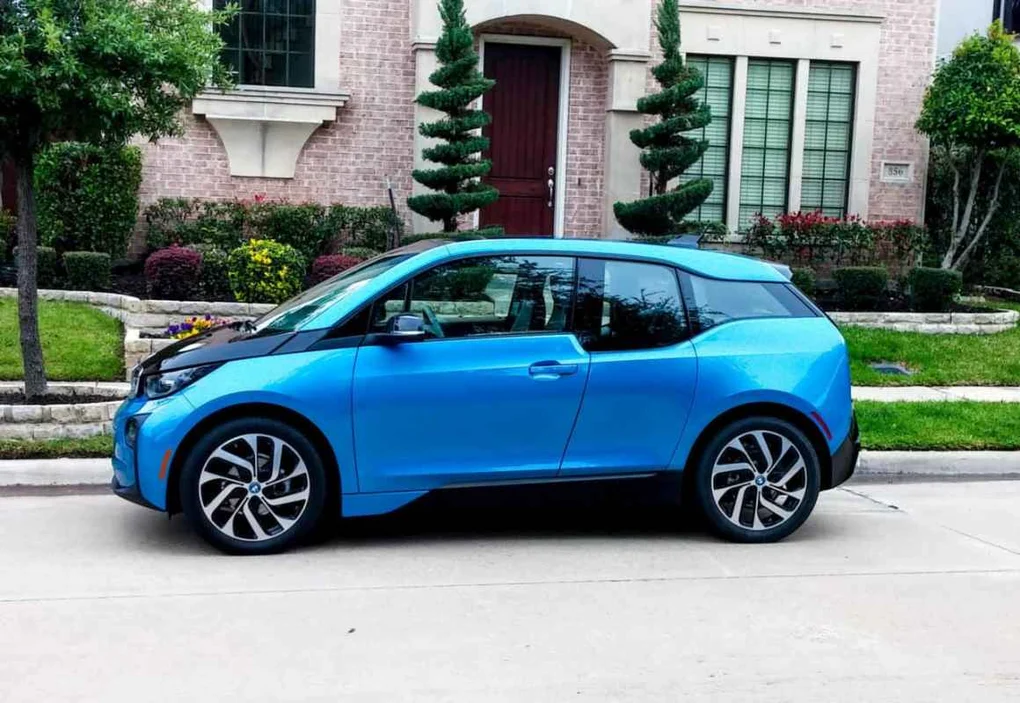
5. BMW i3
The BMW i3 was BMW’s bold step into the electric vehicle arena, combining futuristic styling with cutting-edge technology. It was a pioneer in its segment when launched and remains a fascinating piece of automotive innovation.
However, despite its pedigree and unique appeal, the i3 struggles to find a large market on the used car scene. While some buyers are attracted to its electric powertrain and distinctive look, many others shy away due to practicality concerns, price, and unfamiliarity with EV ownership.
One of the biggest hurdles for the i3 in the used market is its unusual design and layout. Its compact size, rear-hinged back doors, and boxy shape make it stand out—but not always in a positive way. Many buyers find the interior space limiting, especially for taller passengers or families needing more room.
The unconventional aesthetics, while appreciated by a niche group, often deter mainstream buyers who prefer more traditional styling. This makes the i3 a polarizing choice, which translates to slower sales and lower demand.
Range anxiety and charging infrastructure concerns also weigh heavily on used EV buyers. Although the i3 offers a respectable electric range for its era, it’s significantly less than many modern EVs. For buyers used to gasoline vehicles or longer-range electric alternatives, the i3 feels limiting.
Additionally, concerns about battery degradation and the cost of replacement battery packs can deter potential purchasers. Even with incentives and declining battery costs, the perception of future expenses often slows used i3 sales compared to more established ICE vehicles or newer EV models.
Lastly, BMW’s premium brand status doesn’t always translate to high resale values in the EV space, especially for models like the i3. Unlike traditional BMWs known for performance and luxury, the i3 occupies a niche market segment with less widespread appeal.
Its upfront purchase price was high, but the used market discounts it heavily to attract buyers. Even with BMW’s solid reputation, the used i3 faces competition from more affordable and practical EVs that offer greater range and usability. This combination of factors makes the i3 a car that, while innovative, often struggles to attract a broad audience in resale markets.
Also Read: 5 Cars That Can Idle Forever and 5 That Overheat at Stoplights
In today’s automotive market, where choice is abundant and information is at buyers’ fingertips, the demand for certain vehicles rises and falls according to very specific criteria. Cars that sell instantly do so because they fulfill core buyer needs: reliability, practicality, affordability, and brand trust. These vehicles are often unassuming but have a proven track record of delivering dependable performance with minimal hassle.
On the other hand, cars that nobody wants often suffer from flaws that go beyond just aesthetics—they might have questionable reliability, poor brand reputations, limited practicality, or high ownership costs. These factors discourage buyers, resulting in longer lot times and steep discounts.
Vehicles like the Toyota Corolla, Honda CR-V, Subaru Forester, Toyota RAV4, and similar models have achieved what few others can: consistent, near-instant demand on the used market. They tap into a fundamental desire for peace of mind and value retention.
These cars also tend to attract diverse buyer groups—from young drivers and families to retirees and professionals—due to their versatility and proven dependability.
Their resale value remains strong because consumers recognize that these vehicles can reliably serve them for years without exorbitant maintenance costs. This widespread appeal helps keep these models in demand, often resulting in competitive pricing and quick sales.
Conversely, models such as the Fiat 500L, Mitsubishi Mirage, Chrysler 200, Smart ForTwo, and BMW i3 illustrate how certain missteps in design, engineering, or market positioning can quickly sour public perception.
The Fiat 500L’s awkward fit between segments, the Mirage’s underwhelming performance, the Chrysler 200’s mechanical woes, the Smart ForTwo’s extreme niche appeal, and the BMW i3’s limited practicality all contribute to their sluggish resale performance.
Even when priced attractively, these cars struggle to find buyers willing to take on the perceived risks or compromises they represent. This reality underscores the importance of a car’s reputation and real-world usability in driving resale demand.
This contrast between instant sellers and unwanted vehicles also offers lessons for consumers. When shopping for a used car, looking beyond sticker price to consider brand reliability, ownership costs, practicality, and market desirability can help avoid future headaches.
For sellers, knowing which models move quickly can guide pricing strategies and timing, ensuring a smoother sales experience. In some cases, investing in routine maintenance or cosmetic improvements can boost a vehicle’s appeal and reduce time on the market.
Ultimately, the used car market reflects broader consumer values and economic realities. Cars that combine trustworthy performance, low ownership costs, and broad appeal will always find eager buyers.
Those that fall short in one or more areas risk stagnation, depreciation, and the frustration of slow sales. Whether you are buying or selling, understanding these dynamics empowers you to make more informed decisions—and perhaps even spot the next big opportunity before others do.

